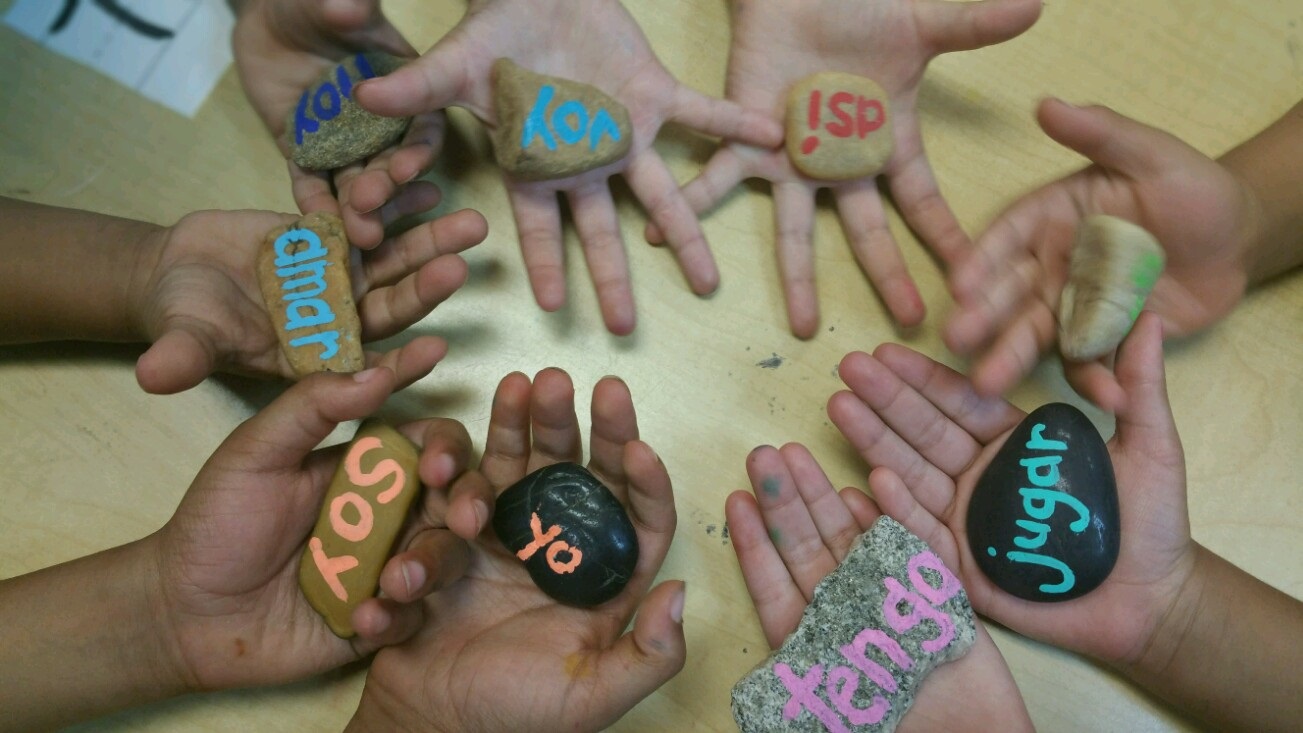In a recent episode of the Dual Language Education series for Keep Indiana Learning, Educator Barnes caught up with Chunia Graves, a former student of Lawrence Township’s Dual Language Immersion program, to discuss her experience as a student and the advantages it has given her as an adult.
Why an Immersion Program?
Graves described her parents as “radicals” who had the foresight to enroll both her and her sister in language immersion programs. Her sister had already been attending a similar program at a private school, but it was expensive. Graves was enrolled in the Dual Language Immersion program from kindergarten and was initially unaware of how different her experience was from that of her neighborhood peers.

Day-to-Day as an Immersion Student
According to Graves, Spanish was strictly enforced at school. It was spoken all day, from classroom instruction to lunchtime. Students would lose recess time if they spoke English, but she believes this discipline made the program successful.
“We were Spanish all day. And when I say Spanish all day, I mean we would lose recess if we spoke in English. OK, so this was a serious thing,” said Graves. “They had to be in Spanish, you know, but that culture was established early on, and that’s what created such great learners.”
By fifth grade, classes were taught in both English and Spanish, but by then, she had already gained proficiency in Spanish.
Difficulties
Graves described challenges in the program, such as doing homework in Spanish without much parental assistance, as her family didn’t speak the language. Her mother even attended after-school classes to help her children with their homework, and this gave them the opportunity to learn together.
“Her mother even attended after-school classes to help her children with their homework, and this gave them the opportunity to learn together.”
Life After Immersion Education
Learning Spanish has served Graves well in life. She has used Spanish in various jobs, from selling cars right after college to her current practice as a mental health clinician.
“That is just so comforting to some people that are maybe going through a difficult experience and unable to really articulate the emotion that they’re experiencing anyway, let alone in a different language,” said Graves. “So just let me speak to you, you know, in a manner that you’re comfortable. That’s just so beneficial, you know.”
But it hasn’t all been about work; she also spoke about living in Peru and being able to communicate fluently with the locals. She even found success in conversing with speakers of other Romance languages, such as French and Portuguese.
Would Recommend
Graves says the program isn’t easy, but dual immersion is a life-changing experience, and she would absolutely recommend it.
“And it’s just been such an impact for me, and it hasn’t stopped yet. I mean, I’m still using it.”
Resources
Please login or register to claim PGPs.
Alternatively, you may use the PGP Request Form if you prefer to not register an account.



